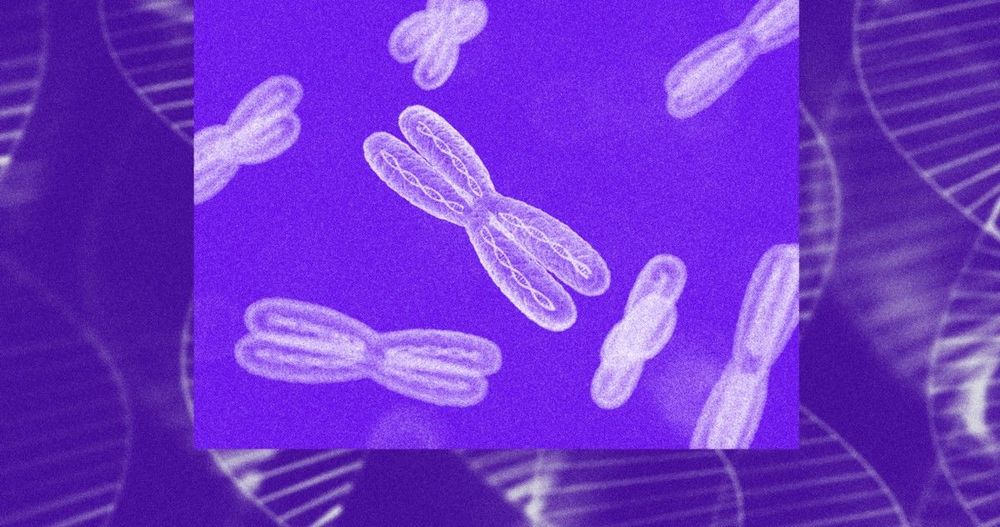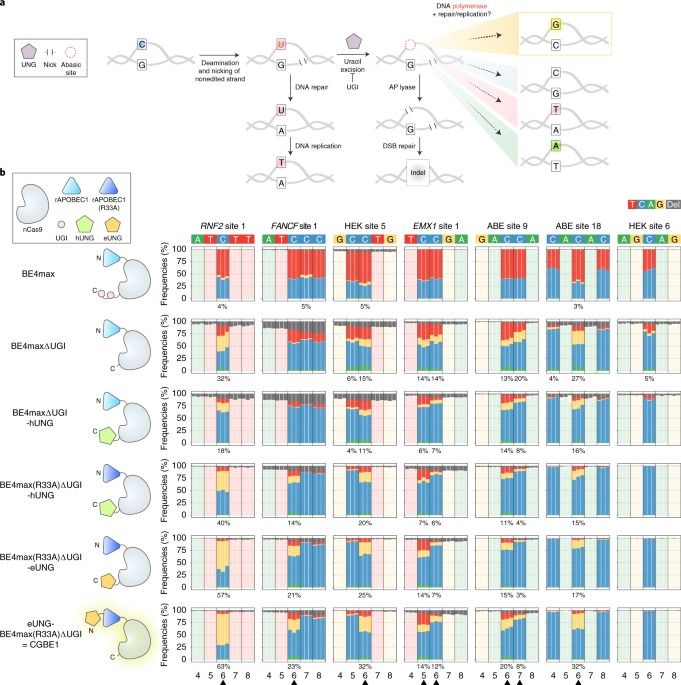Performance of photon-based neural network processor is 100-times higher than electrical processor.
Get the latest international news and world events from around the world.
Video claims asteroid impact coming in November, but experts weigh in
A video on Youtube claims a forecast of near-Earth objects (NEOs) shows one of these may hit Earth in November.
On November 2, 2020 an object labeled 2018 VP1″ is currently projected to come very close to Earth. The video is a little off on its math. Even so, Mike Murray of the Delta College Planetarium in Bay City, says don’t worry.
New: Mars In 4K
Mars in 4 K.
A world first. New footage from Mars rendered in stunning 4K resolution. We also talk about the cameras on board the Martian rovers and how we made the video.
The cameras on board the rovers were the height of technology when the respective missions launched.
A question often asked is:
‘Why don’t we actually have live video from Mars?’
Although the cameras are high quality, the rate at which the rovers can send data back to earth is the biggest challenge. Curiosity can only send data directly back to earth at 32 kilo-bits per second.

Will GPT-3 Kill Coding?

IBM Seriously Just Turned an Atom Into The World’s Smallest Hard Drive
Circa 2017
Data storage technology continues to shrink in size and grow in capacity, but scientists have just taken things to the next level — they’ve built a nanoscale hard drive using a single atom.
By magnetising an atom, cooling it with liquid helium, and storing it in an extreme vacuum, the team managed to store a single bit of data (either a 1 or a 0) in this incredibly miniscule space.
Not enough room for your holiday photos then, but according to the team from IBM Research in California, this proof-of-concept approach could eventually lead to drives the size of a credit card that could hold the entire iTunes or Spotify libraries, at about 30 million songs each.

SpaceX Starlink beta test: coverage area, pricing, how to sign up and more
SpaceX is set to launch a beta version of its Starlink internet connectivity constellation.

Mysterious 450-foot ‘blue hole’ off Florida has researchers looking for signs of life
Tales of the ocean swallowing places are as ancient as the myth of Atlantis, but there is an element of truth in the science, according to a NOAA-backed expedition set for Florida’s Gulf Coast.
The ocean does open up and consume areas of sea floor.
However, these are basically sink holes, similar to those that gobble suburban homes in Florida, NOAA says.

CRISPR C-to-G base editors for inducing targeted DNA transversions in human cells
CRISPR-guided DNA cytosine and adenine base editors are widely used for many applications1,2,3,4 but primarily create DNA base transitions (that is, pyrimidine-to-pyrimidine or purine-to-purine). Here we describe the engineering of two base editor architectures that can efficiently induce targeted C-to-G base transversions, with reduced levels of unwanted C-to-W (W = A or T) and indel mutations. One of these C-to-G base editors (CGBE1), consists of an RNA-guided Cas9 nickase, an Escherichia coli –derived uracil DNA N-glycosylase (eUNG) and a rat APOBEC1 cytidine deaminase variant (R33A) previously shown to have reduced off-target RNA and DNA editing activities5,6. We show that CGBE1 can efficiently induce C-to-G edits, particularly in AT-rich sequence contexts in human cells. We also removed the eUNG domain to yield miniCGBE1, which reduced indel frequencies but only modestly decreased editing efficiency. CGBE1 and miniCGBE1 enable C-to-G edits and will serve as a basis for optimizing C-to-G base editors for research and therapeutic applications.

Unparalleled inventory of the human gut ecosystem
An international team of scientists has collated all known bacterial genomes from the human gut microbiome into a single large database, allowing researchers to explore the links between bacterial genes and proteins, and their effects on human health.
This project was led by EMBL’s European Bioinformatics Institute (EMBL-EBI) and included collaborators from the Wellcome Sanger Institute, the University of Trento, the Gladstone Institutes, and the US Department of Energy Joint Genome Institute. Their work has been published in Nature Biotechnology.